
Almost 1,400 years ago during China’s Tang Dynasty (618-907), master swordsman Fei Hong(飛紅)founded his style of martial art , naming it the Kong Tong Pai (school) in honor of Mt. Kong Tong (崆峒山), a high cloud-crowned mountain sacred to Taoism (Dao Jiao or 道教) located in Gansu (廿粛) province. From then until the present day, the Kong Tong traditions have been handed down from generation to generation.
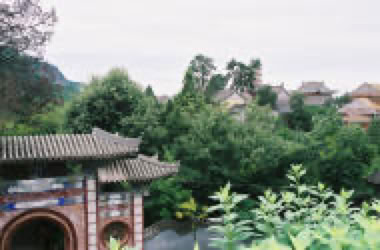
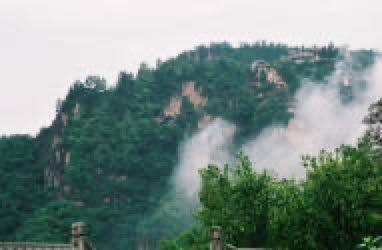
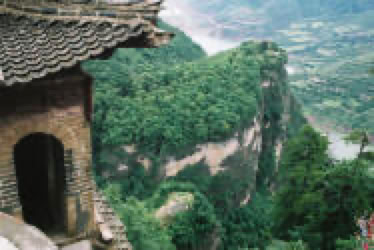
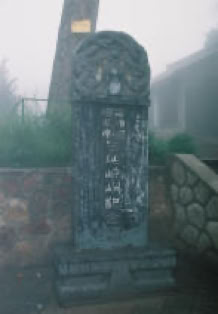

Mt. Kong Tong (崆峒山)
The martial arts of Kong Tong Pai have six “Gates” (Men 門). These are the Tai Chi Men (Tai Ji Gate or 太極門), the Fei Long Men (Flying Dragon Gate or 飛龍門), the Zhui Hun Men(Pursuing the Soul Gate or 追魂門), the Duo Ming Men ( Life Stealing Gate or 奪命門), the Zui Men (Drunken Gate or 酔門) and, at the highest level, the Hua Jia Quan (Flower Form Gate or 花架門) which is also called the Shen Quan Men (Divine Combat Gate or 神拳門). These Gates contain more than one hundred forms, including the empty-handed Quanfa (fist) and Hangfa (palm) forms and other forms using the eighteen orthodox weapons ( swords, spears, etc.) found in Chinese Wushu ( martial arts or 武術) as well as a wide variety of unorthodox weapons such as the iron fan, the Pan Guan Bi(a kind of big writing pen or 判官筆), and the Fo Chen (a special implement used in Buddhism or仏塵).

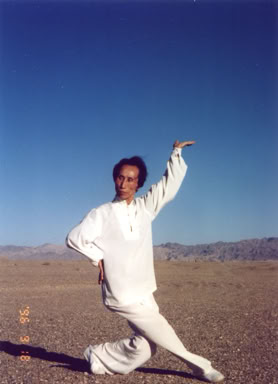
There are five schools of traditional Chinese martial arts in existence today: Shaolin Pai (少林派), Wudang Pai (武当派), Emei Pai (峨眉派), Kunlun Pai (昆倫派) and Kong Tong Pai. Of these, Kong Tong Pai is well known for its characteristic beauty and elegance. Founder Fei Hong drew much of his inspiration in creating Hua Jia Quan (the highest-level Gate in Kong Tong Pai) from the Fei Tien ( flying divinities or 飛天) cave drawings of Mo Gao Cave(莫煌堀).
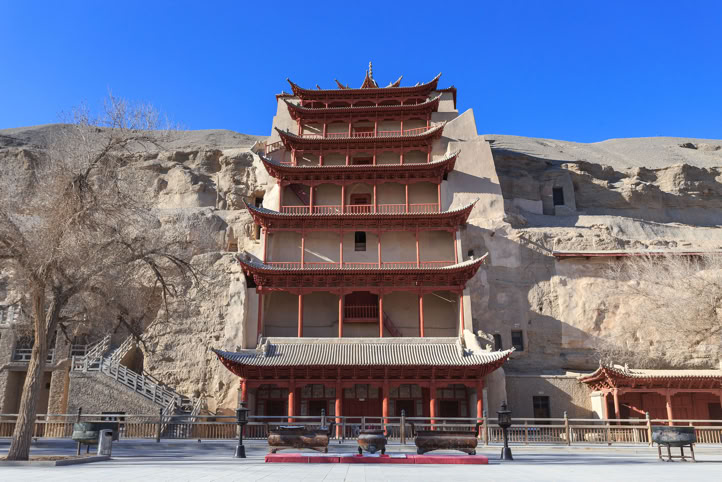
One day in 1947, the 9th leader of the Kong Tong Pai was relaxing in a park when he happened to catch sight of a young boy playing there, and felt that he had some special talent. This boy was Yan Feixia, seven years old at the time. The leader approached the boy’s parents and asked if they would allow their son to be trained in the art of swordsmanship. They agreed, and Yan Feixia joined the school.
After three years of training at the school, Yan Feixia was sent to Mt. Kong Tong with the 9th leader and his wife for extremely rigorous training with the goal of becoming the leader’s successor. Seven years later at the age of seventeen, Yan Feixia was appointed the school’s 10th leader.
In addition to the six Gates and all 118 forms of Kong Tong Pai, Yan Feixia became an expert in all the other main external and internal Wushu styles, as well as in Qigon (気功). He reached this stage after gaining extensive experience in actual combat, as well as acquiring a wealth of theoretical knowledge on the subject. In particular, Yan Feixia became well known for the refined delicacy of his movements.
In 1990, Yan Feixia settled in Tokyo and married a Japanese woman who later succeeded him as the 11th leader. Until the last days of his life (he passed away in 2005), he continued to teach Wushu in China and Japan. During his lifetime he taught more than 8,000 students.


Hua Wu Ying, whose Japanese name is Mutsuko Kai, was born in Tokyo. Her father was a diplomat, and she spent her young days in Australia, Germany and Austria. After graduating from the Hochschule fuer Angewandte Kunst (applied arts and crafts) in Vienna, she worked as an interpreter, translator, and travel guide.
From 1981 she made frequent visits to China, Hong Kong and Taiwan in order to study Chinese martial arts. In 1987 she met Yan Feixia, an event that changed her life. Hua Wu Ying was deeply impressed by Yan Feixia’s quick, sharp and refined movements, and decided to devote herself to Kong Tong Pai.
In 1990 she married Yan Feixia and supported his new life in Tokyo, while continuing to learn from him the most advanced and difficult Kong Tong Pai techniques. When she had perfected her technique in all 20 forms of Hua Jia Quan, the highest level of Kong Tong Pai, she became the Hua Jia Quan master. It was on this occasion that she was given the name of Hua Wu Ying.
In accordance with Yan Feixia’s last wish, Hua Wu Ying was appointed the 11th leader of Kong Tong Pai, becoming the school’s second female head since its foundation 1,400 years ago.
Hua Wu Ying founded the International Kong Tong Pai Association with the aim of passing on Yan Feixia’s legacy to the greatest–possible number of people and countries. It is a legacy that includes not only the martial arts themselves but also the knowledge, wisdom and spirit of Kong Tong Pai. It was the will of Yan Feixia that these should be spread to all parts of the world.
ようこそ国際崆峒派武術協会公式サイトへ